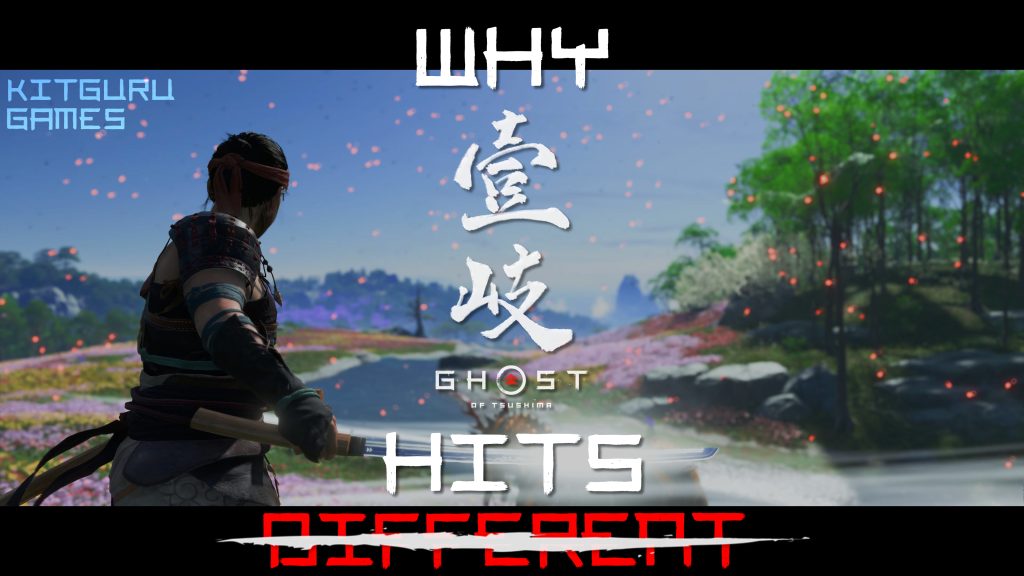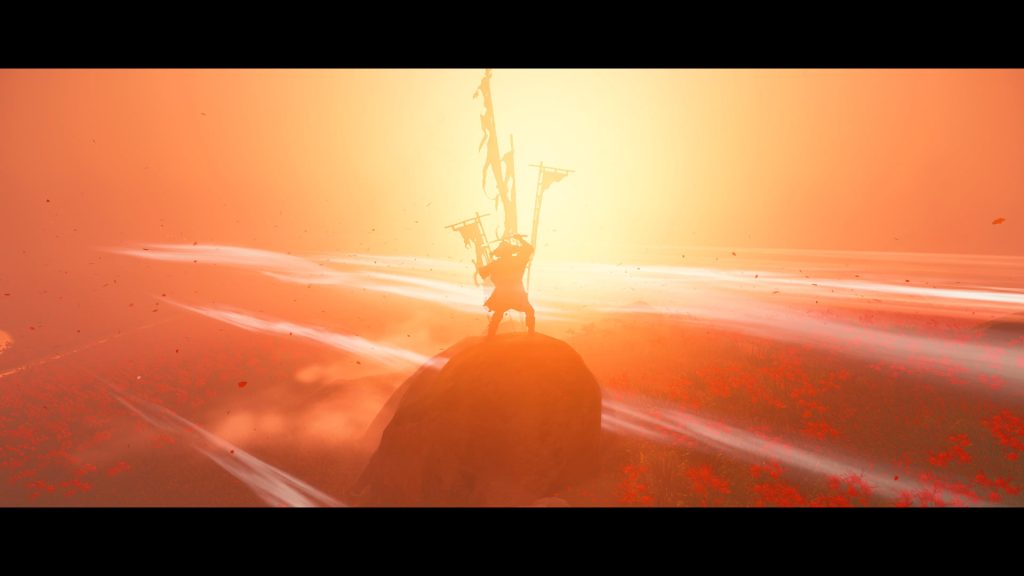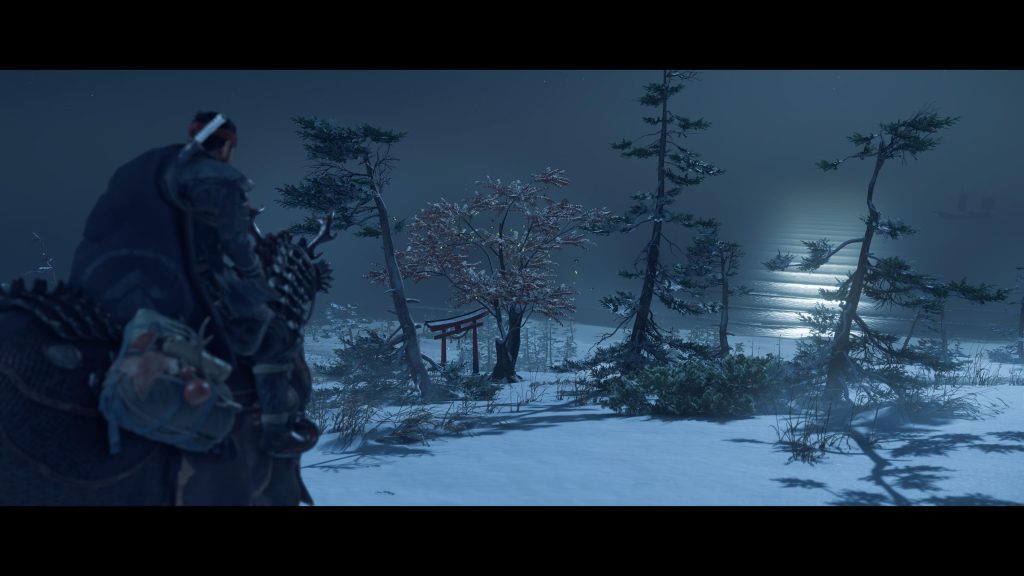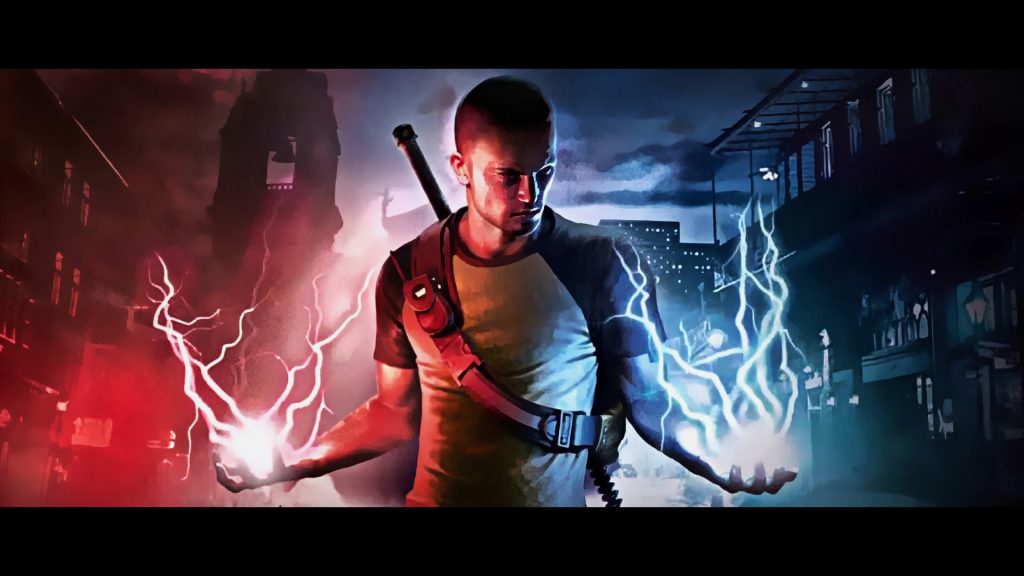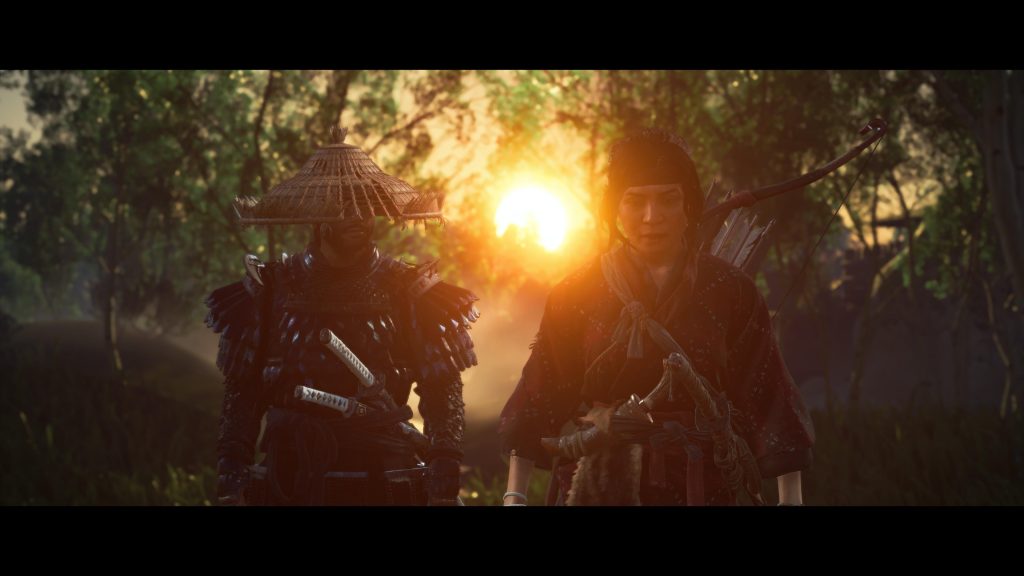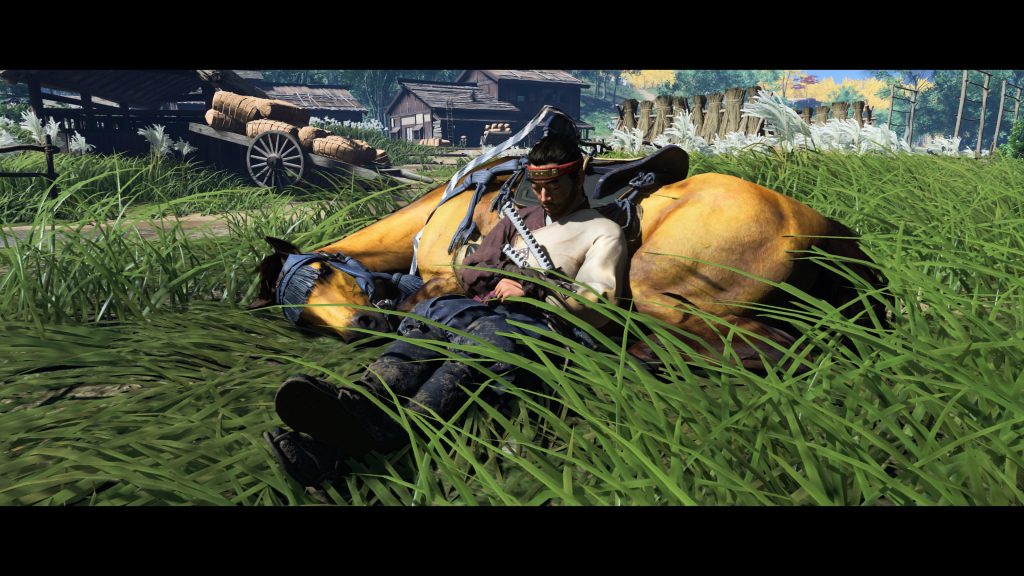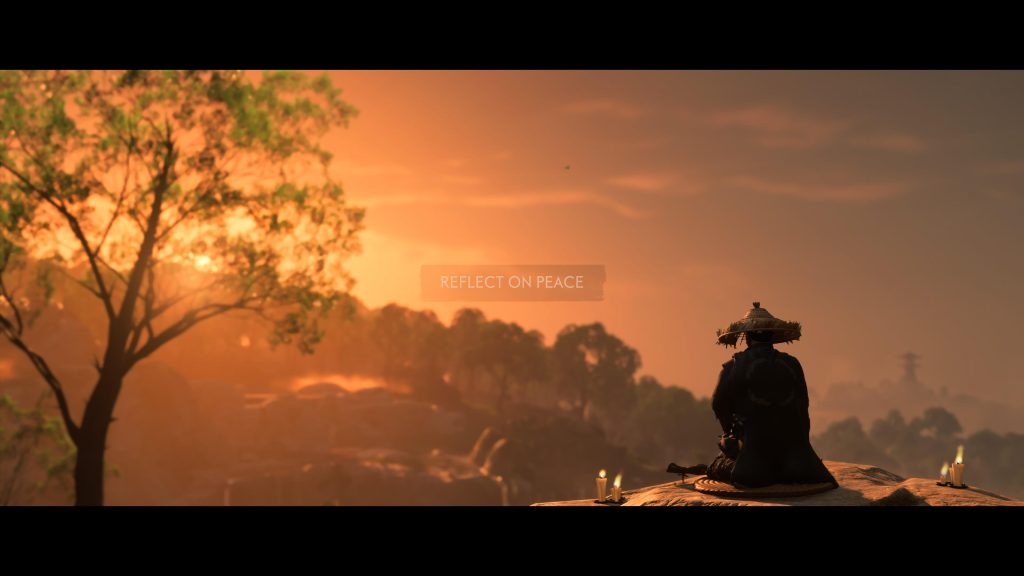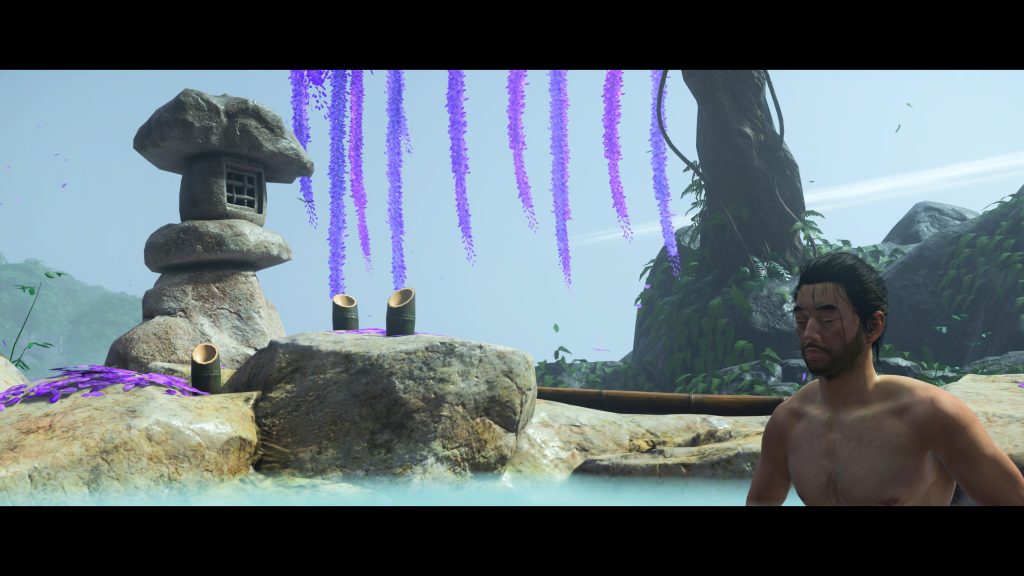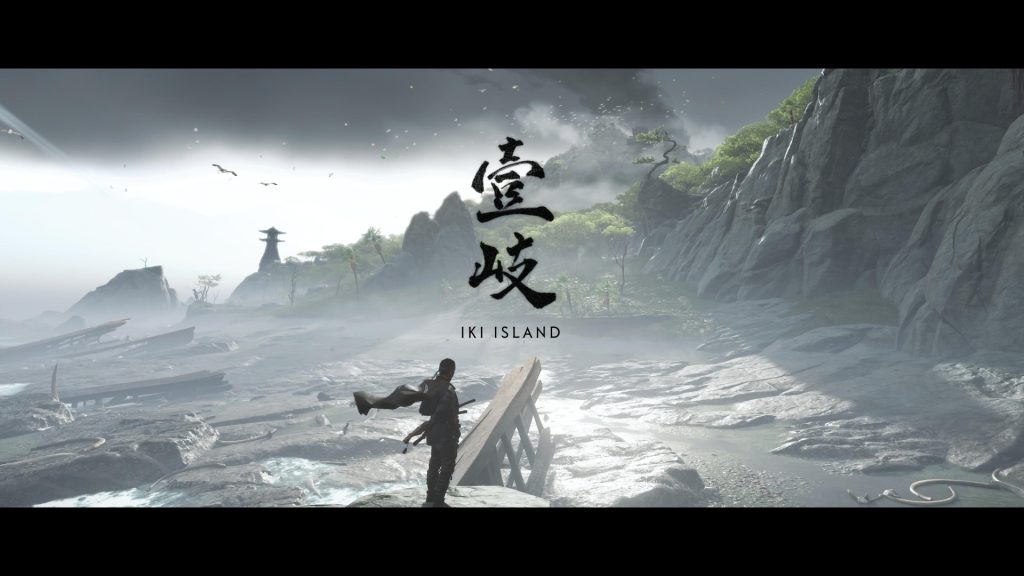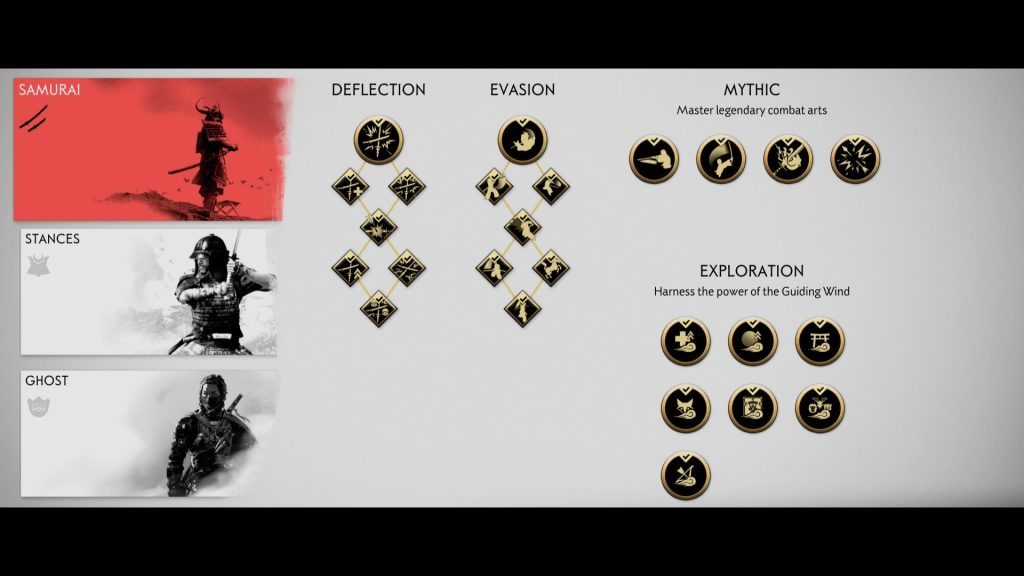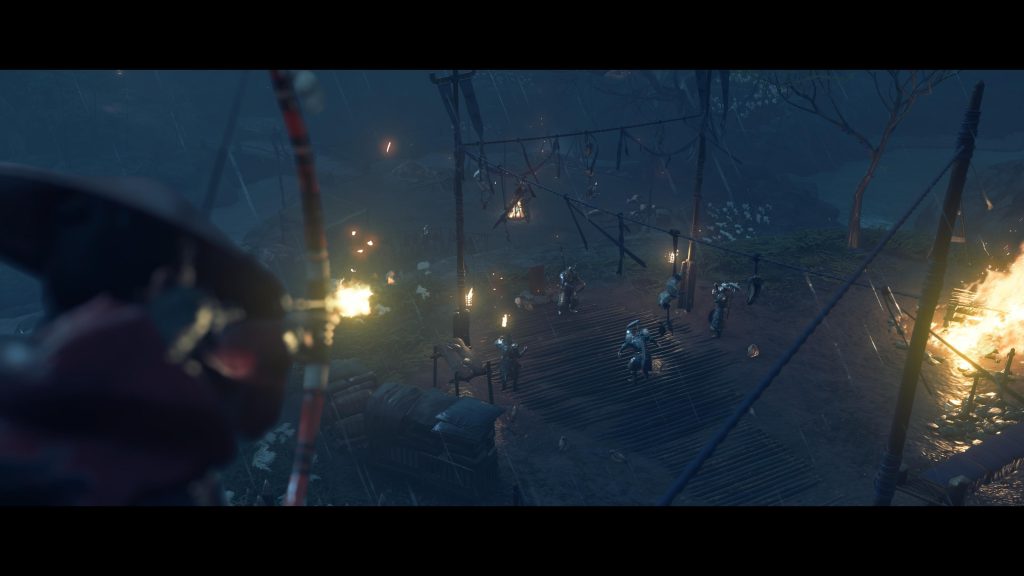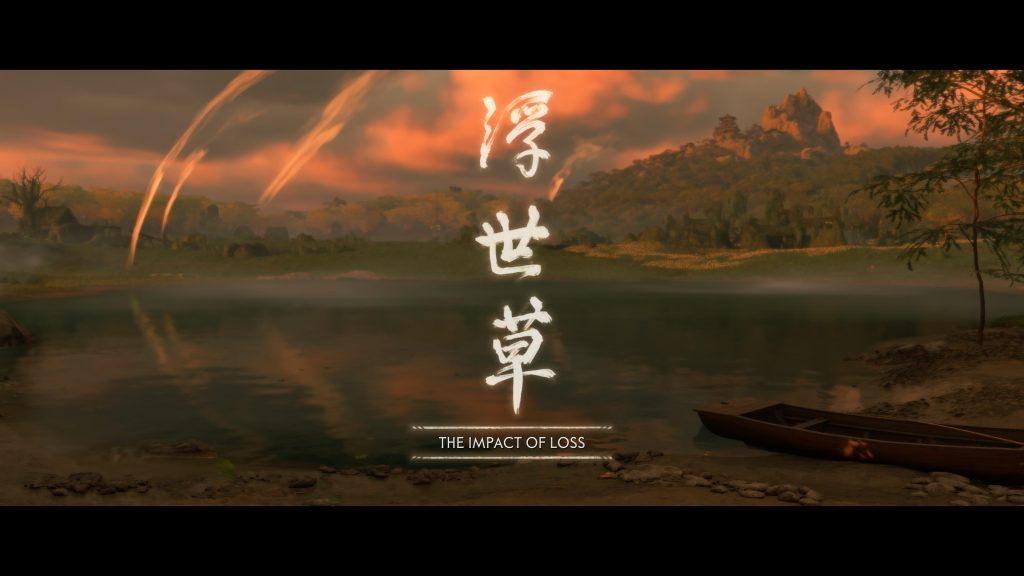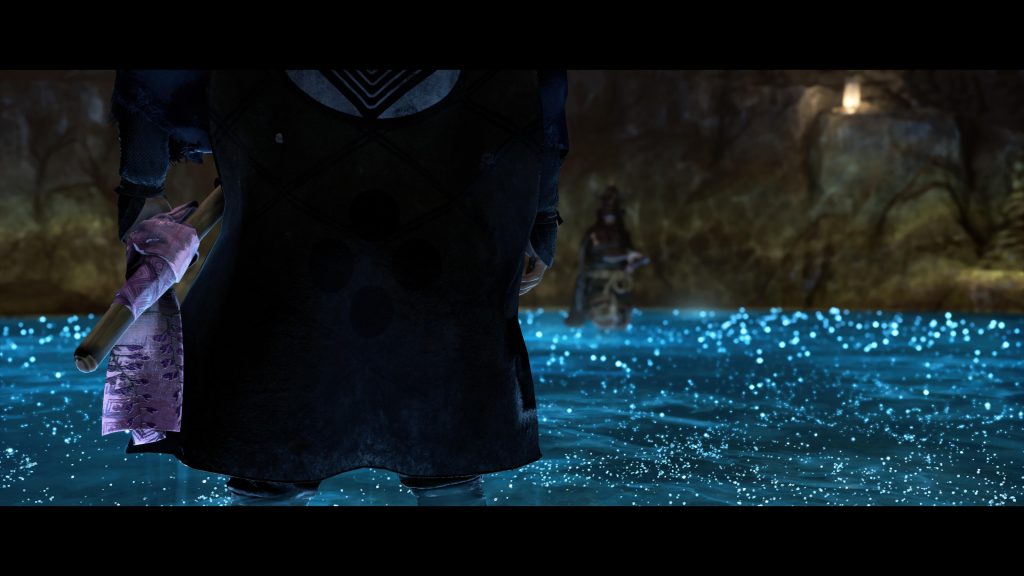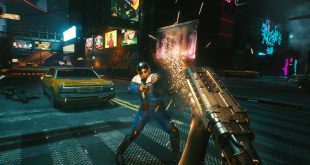Sucker Punch Productions has always been one of PlayStation studios’ lesser-appreciated dev teams, with the Washington-based company releasing some of the most underrated games over the past many generations – including the excellent InFamous series. The team finally received their well-deserved flowers with the release of Ghost of Tsushima back in 2020 for the PlayStation 4. Already a critical darling at the time, the game has only proven itself to be even more impressive than initially deemed; thanks in no small part to the PS5 Director’s Cut + Iki Island expansion. With Ghost of Tsushima finally set to come to PC, I wish to share with you just some of the MANY reasons as to why even in 2024, Ghost of Tsushima just hits DIFFERENT.
There’s no denying that 2020’s Ghost of Tsushima helped to elevate Sucker Punch Productions to new heights, selling over 2.4 million copies in its first 3 days of release, making it the PS4’s “fastest-selling first-party original IP debut” – and going on to push past 10 million as of 2022.
Despite this, the game somehow fell under the radar somewhat when it came to the awards season. Now, 2020 was a banger year for games and even in my opinion, many of Ghost of Tsushima’s losses were attributed to worthy rivals. Still, I feel as though much of what makes Ghost of Tsushima special has been rarely discussed.
Of course, one of the biggest talking points ahead of the game’s release was its use of a unique Guiding Wind mechanic replacing the outdated and antiquated mini-map. While undoubtedly a revolutionary idea from Sucker Punch (I even went in-depth on this mechanic HERE), it represents but one of the MANY small additions, decisions, and a precision of vision by the team to create an experience rarely felt in games – let alone an open world.
As I have previously discussed in-depth the impact of GoT’s Guiding Wind mechanic, I won’t go into it too much here. That said, it is one of the core and most immediate innovations which helps to make Ghost of Tsushima an immersive and inventive game.
For the uninitiated, swiping up on your PS4/5 touchpad will send out a gust of wind, traveling in the direction of your current objective. This not only removes any need for a mini map, but allows players to remain focused entirely on the world itself – not needing to take yourself out of the experience in order to stare at the top/bottom left/right corner of the screen at some visually-cluttered UI elements.
This mentality can be seen throughout all elements of exploration and travel. Local fauna and flora will lead you towards various undiscovered points of interest, with foxes resting under a glowing tree taking you to unique shrines while the golden birds will lead you to bamboo strikes; hot springs; pillars of honour and more – all the while making you feel as though you yourself discovered these places.
As mentioned, I have spoken on much of this in the past and so won’t reiterate it too much. Instead, I want to talk today about narrative and character choices.
One of the core aspects of the InFamous series was its karma system, letting you take a stance on whether you want to be the city’s saviour – or its destroyer. Picking either side will have a major impact on gameplay and narrative, completely changing your power set while affecting how characters view you and ultimately drastically altering the games’ endings.
When Sucker Punch first announced Ghost of Tsushima with its different samurai/ghost techniques, I expected it to take a very similar path to the InFamous titles. While there are some choices, these moments are rare – primarily saved for the game’s final encounter.
While possibly a downgrade in the eyes of some, this allows for a greater emphasis on the narrative, letting the team tell the story they wished to tell; including Jin’s struggle between his duty as a samurai and beliefs as the Ghost – making for a much more impactful story and experience.
That’s not to say there aren’t plenty of role-playing focused choices. A good number of the game’s main and side missions feature moments in which you as Jin can offer your own take on a situation, or respond to a specific and possibly-personal question. Whatever you choose between the two dialogue options, it won’t have any real impact on the story or NPC’s long-term, but it does serve as a small yet significant way to role-play as the Jin you want to be.
Moments which are given time to breathe such as this, make ultimately insignificant choices feel more important in the moment than they objectively are. In a way, this represents the reality of life in a much more accurate manner. One choice typically won’t change the world – and so the moments that do feel just that bit more impactful.
Outside of the narrative itself, players are able to make further small-yet-appreciated choices. One of the first you’ll come across is picking your samurai horse near the start of the game. Though all the horses available are exactly the same functionally, allowing you to pick the steed’s colour pattern helps to make your horse feel like YOUR horse.
This relationship is further attuned by the ability to name the animal. Again, you are given a small selection of options, but the meaning of the names offered (Kage, Nobu, Sora, Kaze) add to the role-playing, giving you an insight into your own psyche and mentality. This, in combination with Jin’s sporadic talking to your horse and saying the name you selected creates a surprising bond with what would otherwise be a faceless mode of transport.
Such small yet significant changes don’t end there however. Throughout the open world you’ll come across many spots in which you can take a breather to compose a haiku. AGAIN, this feature is insignificant, whose completion only awards a cosmetic headband.
That said, being guided to write a haiku based on Jin’s current mindset not only offers further insight into his character as created by Sucker Punch themselves, but the ability to craft each line of the haiku out of 3 branching choices again aids in blending your own dynamic role-playing with the game’s narrative and world.
These compositions are then recorded as the descriptions for the headband in your inventory – marking your mentality at each point in the game, letting you observe your own internal progression and state of mind during these moments in which you were asked to reflect upon loss, hope, perseverance, anger and much more.
The hot springs serve a similar role, taking a moment from all the action and bloodshed to wash away the grit and dirt, while going into the head of Jin as you choose whether to reflect upon one of two things, be it the friends you’ve made; the ongoing war; lost family or future hopes.
With the release of the PlayStation’s Director’s Cut, Sucker Punch unleashed the Iki Island expansion upon us, taking players to a neighbouring land mass filled with new people to meet, Mongols to fight, and choices to make. Sucker Punch used this expansion to further enhance its selective and conservative choice based mechanics, evolving the formula with a few small yet highly impactful additions.
Alongside a whole new and engrossing story which sees Jin take on the Island’s invading Mongol leader ‘The Eagle’, Sucker Punch took many of the mechanics seen in the base game and twisted them somewhat, offering greater strategy, opportunities and choices to make – bending the formula in order to evolve without breaking it.
This can be seen across the board, with new and engaging mini games; slightly more complex platforming; an increase to the immersion of certain side tales; as well as greater effect combinations through newly obtainable charms.
It is worth noting that in being a lite-RPG, Ghost of Tsushima has plenty of other role playing mechanics and options, in particular when it comes to combat and gameplay.
From being able to unlock skills, upgrade equipment and find/craft new armour pieces, there is plenty of customisation on that front – especially when it comes to cosmetics, with a near infinite number of possible combinations for armour, hats, masks, sword kits and more.
The clothing in particular changes its look with each upgrade (though you can still switch back to the older looks while keeping all the enhancements) and can then be further altered with different colour schemes.
Combat encounters offer plenty of choices with regards to how you approach each enemy, whether you want to be stealthy, loud, proud or sneaky. You can headshot everyone from afar with a bow or come in close for stealth assassinations.
Each weapon, move, tool and gameplay function allows for an abundance of choice and opportunity to play how you want.
Much of this is nothing new or different however, especially for the genre, and as such I decided against doing in depth on any of these – instead wanting to focus on smaller and perhaps lesser-appreciated moments of impact as it pertains to choice and roleplaying in Ghost of Tsushima (and as it says in the title, why the game hits DIFFERENT).
The final improvement I wish to discuss is in one of the – otherwise standard – side tales. Unlike a majority of the story-focused aspects of the game, one of Iki Island’s side missions in particular throws an impossible decision between saving one of two people.
Convinced that I could be the ultimate hero and find my own 3rd option (saving both), I spent more time in this otherwise short side tale staking out the location, finding the best spots to hide and flank, and taking count of my ammunition so as to try and figure out whether I could in fact kill all the enemies without alerting the hotsage keepers. You cannot save both, in what is yet another bittersweet example of the pain suffered by all during the events of Ghost of Tsushima.
Whether both hostages could have ultimately been saved or not is far from the point I’m making here however. In being highly selective with when they offer such choices – even if the consequences were short-term / non-existent – Sucker Punch were able to elevate the stress, anxiety and stakes of the encounter in the eyes of players, making for a moment which I won’t soon forget.
For a title with little in the way of actual definable and game-altering choices, Ghost of Tsushima manages to take each and every moment which does offer some sort of decision and turn it into a capsule of reflection – towards Jin, the game, history, and yourself. And this is one of the reasons why Ghost of Tsushima hits DIFFERENT.
Discuss on our Facebook page HERE.
KitGuru says: What do you think of Ghost of Tsushima in 2024? Did you enjoy those small moments of choice? Did the team strike the right balance in this regard? What aspect of Ghost of Tsushima hits different for you? Let us know down below.
 KitGuru KitGuru.net – Tech News | Hardware News | Hardware Reviews | IOS | Mobile | Gaming | Graphics Cards
KitGuru KitGuru.net – Tech News | Hardware News | Hardware Reviews | IOS | Mobile | Gaming | Graphics Cards


